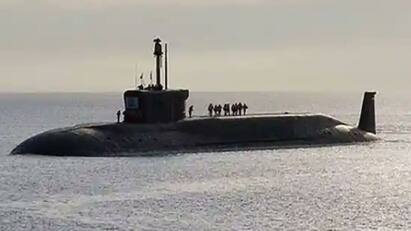Why ISRO's GSLV Was Known As 'Naughty Boy', And How The Launch Vehicle Earned The Moniker 'Smarty Boy'

The INSAT-3DS mission, also known as GSLV-F14, was GSLV's 16th flight, and its 10th successful mission. Out of 15 previous missions, four were failures, two partial failures, and nine successful. Meanwhile, PSLV has a success rate of 95 per cent, and a failure rate of five per cent.
Source : ISRO
ISRO's Geosynchronous Satellite Launch Vehicle (GSLV) was earlier known as "naughty boy", but now, after successfully placing INSAT-3DS into intended orbit, it has earned the sobriquet "smarty boy".
ISRO Naughty Boy: The Indian Space Research Organisation (ISRO)'s Geosynchronous Satellite Launch Vehicle Mark II (GSLV Mk II) successfully placed the INSAT-3DS satellite into intended orbit on February 17, 2024. The INSAT-3DS mission, also known as GSLV-F14, was GSLV's 16th flight, and its 10th successful mission. Out of 15 previous missions, four were failures, two partial failures, and nine successful. This means that GSLV had a failure rate of 40 per cent until its fifteenth mission.
Follow Science News on ABP Live for more latest stories and trending topics. Watch breaking news and top headlines online on ABP News LIVE TV










